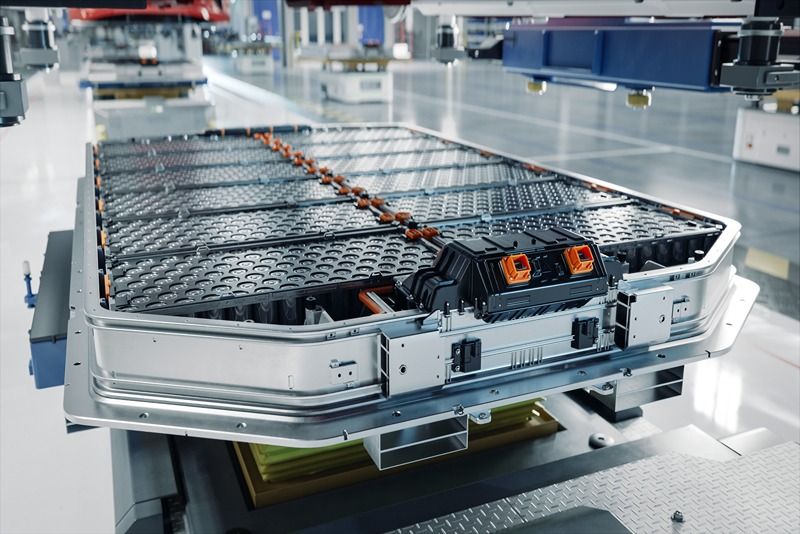Steel has long been the backbone of automotive manufacturing, prized for its strength, durability, and cost-effectiveness. In the era of electric vehicles (EVs), the role of steel is evolving, with innovative applications enhancing performance, safety, and sustainability.
Advanced High-Strength Steels (AHSS)
AHSS are engineered to offer superior strength-to-weight ratios, making them ideal for EV components that require both lightness and durability. These steels enable the design of thinner, lighter parts without compromising structural integrity. For instance, AHSS is utilized in manufacturing battery enclosures and chassis components, contributing to overall vehicle weight reduction and improved energy efficiency.
Nano-engineered steels
Nano-engineered steels incorporate nanostructures to enhance mechanical properties such as wear resistance and fatigue life. These materials are particularly beneficial in EV applications where components are subjected to repetitive stress and require long-term durability. The integration of nano-engineered steels in motor housings and drivetrain components exemplifies their utility in extending the lifespan of EVs.
Steel-composite hybrids
Combining steel with composite materials results in hybrid structures that leverage the strengths of both constituents. Steel-composite hybrids are employed in EVs to create lightweight yet robust components, such as battery trays and body panels. This synergy allows for significant weight savings while maintaining safety standards.
Eco-friendly coatings
Advancements in coating technologies have led to the development of eco-friendly, corrosion-resistant coatings for steel components. These coatings extend the service life of EV parts by protecting against environmental degradation, reducing the need for frequent maintenance and replacements. The application of such coatings is crucial in enhancing the sustainability of EVs.
Integration with digital manufacturing
The adoption of digital manufacturing techniques, such as additive manufacturing and advanced forming technologies, has facilitated the precise fabrication of complex steel components. These methods allow for the optimization of part geometries, leading to further weight reductions and performance enhancements in EVs.
Conclusion
Innovative applications of steel are instrumental in advancing the development of lightweight electric vehicle components. Through the utilization of AHSS, nano-engineered steels, steel-composite hybrids, eco-friendly coatings, and digital manufacturing, the automotive industry is achieving significant strides in producing EVs that are efficient, durable, and environmentally friendly.




 +91 7208055523
+91 7208055523
 Help & support
Help & support
